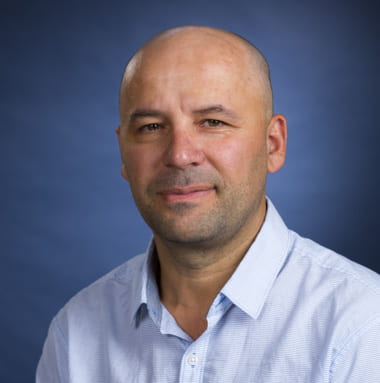
In this video, a series of simulations explains how the microwave oven that we have at home warms/heats our food. The oven sets up a standing electromagnetic wave (typically in a wavelength of 10 to 12 cm) that is strongly absorbed by the water. The electric field changes as a function of position and the food must be rotated while cooking, otherwise, the portion that lies in a region where the electric field amplitude is small (zero at the nodes), will remain cold.

One rewarding and exciting aspect of an academic position is the opportunity to teach and mentor students. My teaching experience started in my native country, Albania; although the two countries and systems are different, my interaction with the students is very much the same. I want to teach my students how to use physics in analyzing facts. The emphasis is on the understanding of the underlying ideas and concepts rather than the memorization and usage of formulas. At WPI, I have also been actively involved in research. Practically, I have been working on experimental investigation of liquid crystal phase transition using AC and relaxation calorimetry technique, dielectric spectroscopy, and polarizing microscopy. I am also interested in studying interaction between particles in solutions by light scattering. Learn more.